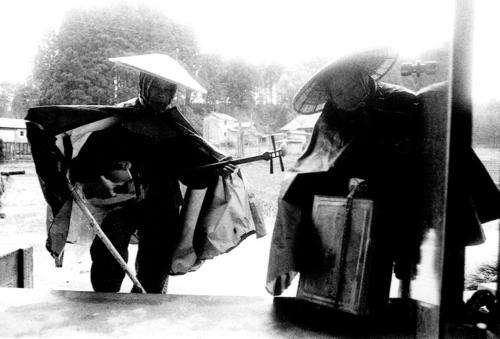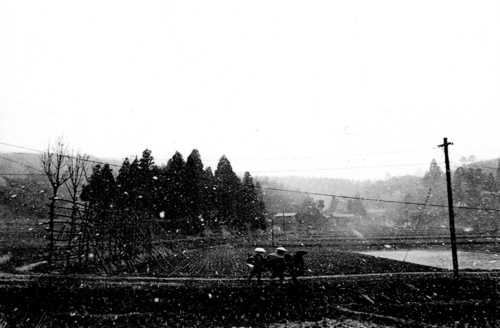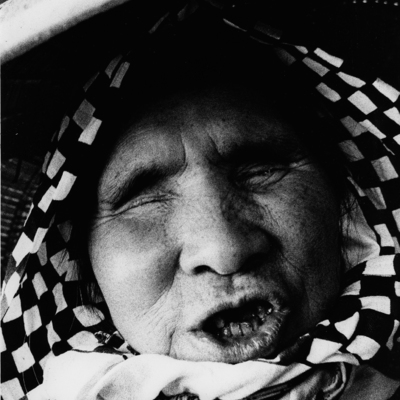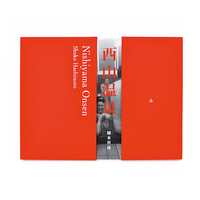Shoko Hashimoto "Goze Asahi Graph Reprint"
Zen Foto Gallery is pleased to present a publication commemoration exhibition for Shoko Hashimoto’s “Goze Asahi Graph Reprint”. The photo exhibition will include 25 works in black and white selected from Hashimoto’s massive collection of negatives from a different perspective.
Half a century ago in the early 1970s, Hashimoto accompanied three blind female music entertainers called the goze on their travels from village to village along the Sea of Japan. Throughout the four seasons, the goze would visit farmhouses and sing short songs accompanied by shamisen at the entrances during day time and narrative songs at night for the villagers who would gather. They were rewarded with rice, crops and money. As their profession links the women intimately with their customers, we are also allowed glimpses into the lives of the people they visit: children huddling around the kitchen table, farmer men laughing over a drink, families lining up along the road to have their picture taken. During that time, the existence of goze was already nearly lost—the industrial and urban development in Japan at that time led to a decline in agriculture and rural population, directly impacting their livelihood.
This reprint includes all photographs and articles published by Hashimoto in Asahi Graph magazine, a Japanese weekly pictorial magazine that has discontinued. Articles include: “Goze, Sightless Female Singers” from May 8, 1970; the “Four Seasons of Goze” series from October 26, November 2, November 9 and November 16, 1973—concluded with a new essay “The Goze’s Journey” written by Hasegawa Hiroshi. English translations are included for all texts.








